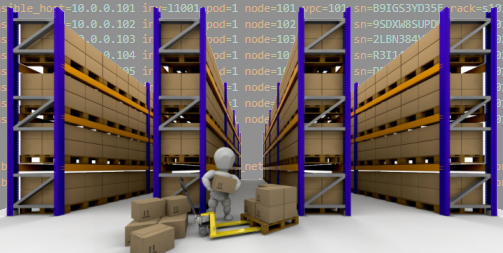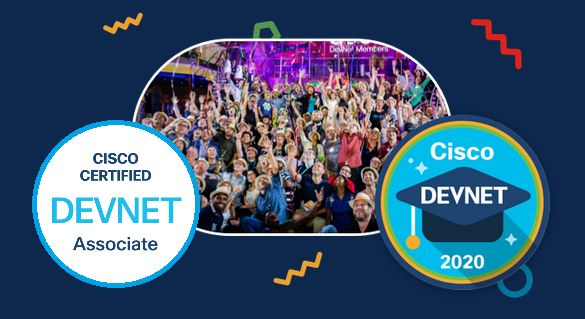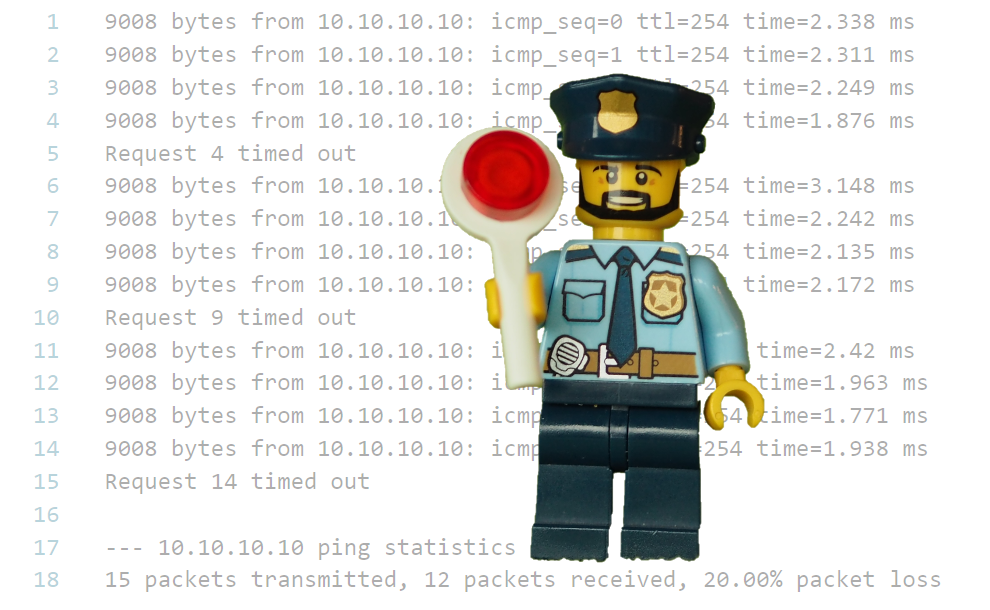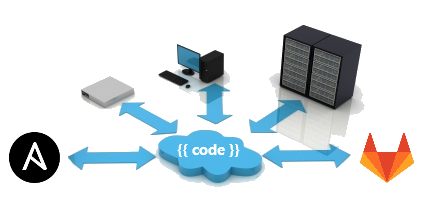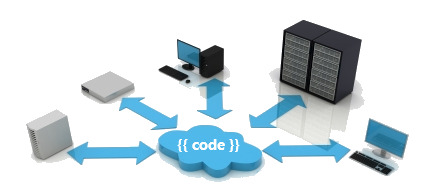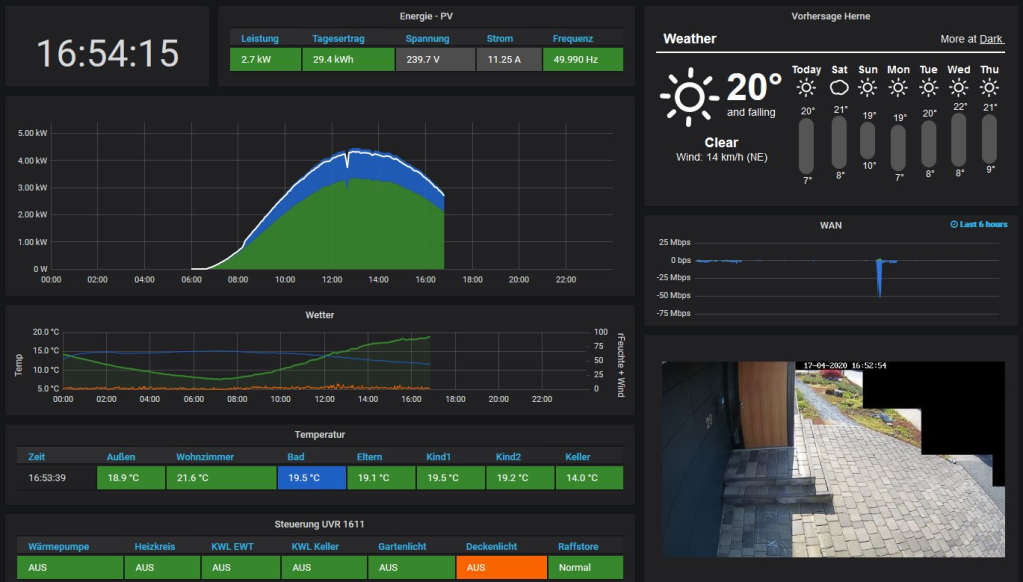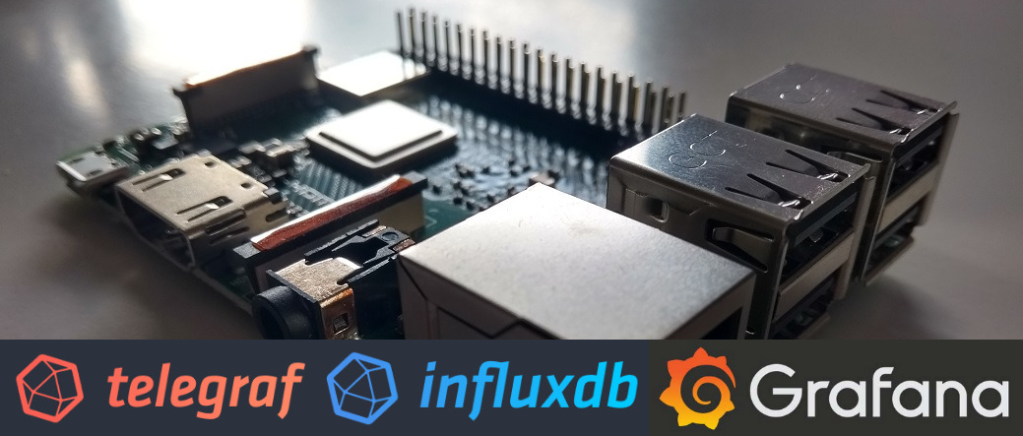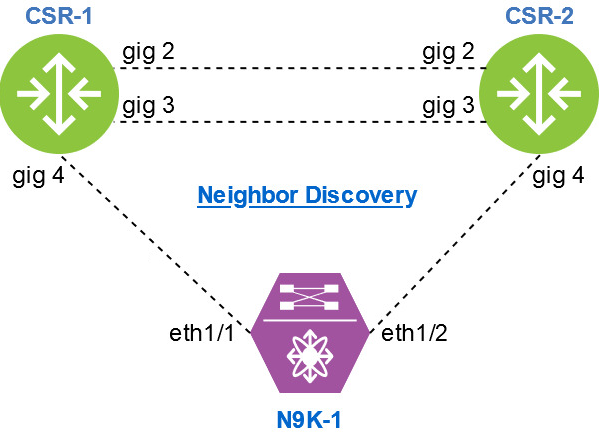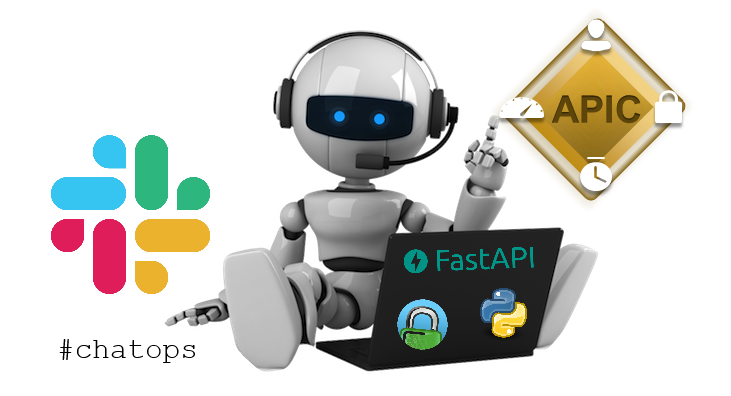
By now, many of us are familiar with using REST APIs to accomplish network automation tasks. But some may have wondered what the effort involved in providing one.
A fun way to explore ‘the other side’ is to write a useful little chatbot to integrate with your collaboration tool of choice. This blog shows how to connect Slack with Cisco ACI using Python and FastAPI.
Continue reading “Chatops with Python & FastAPI”